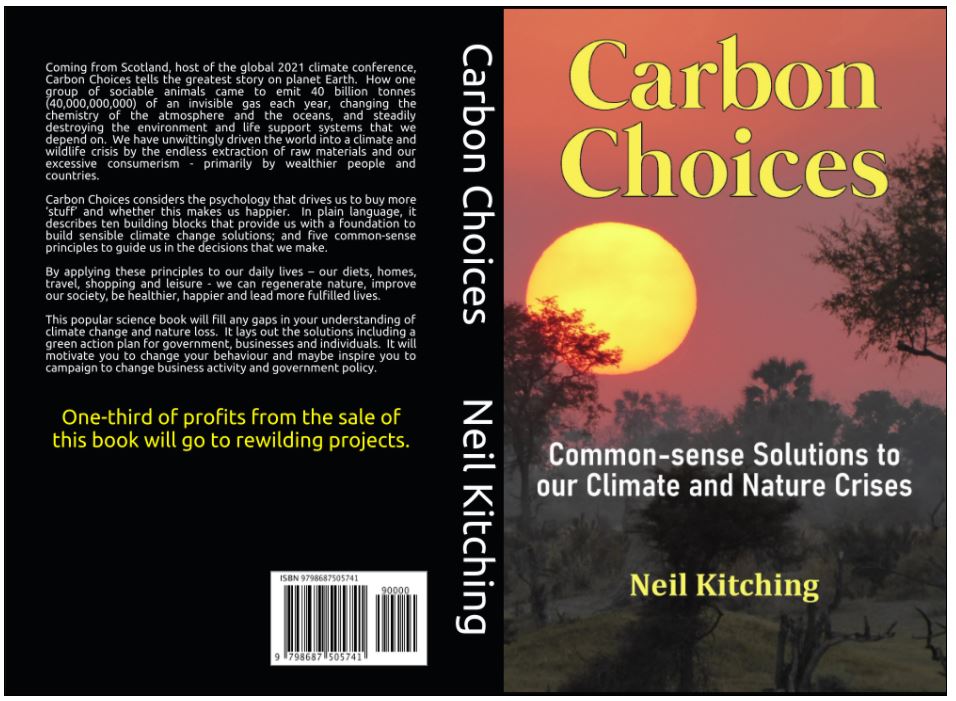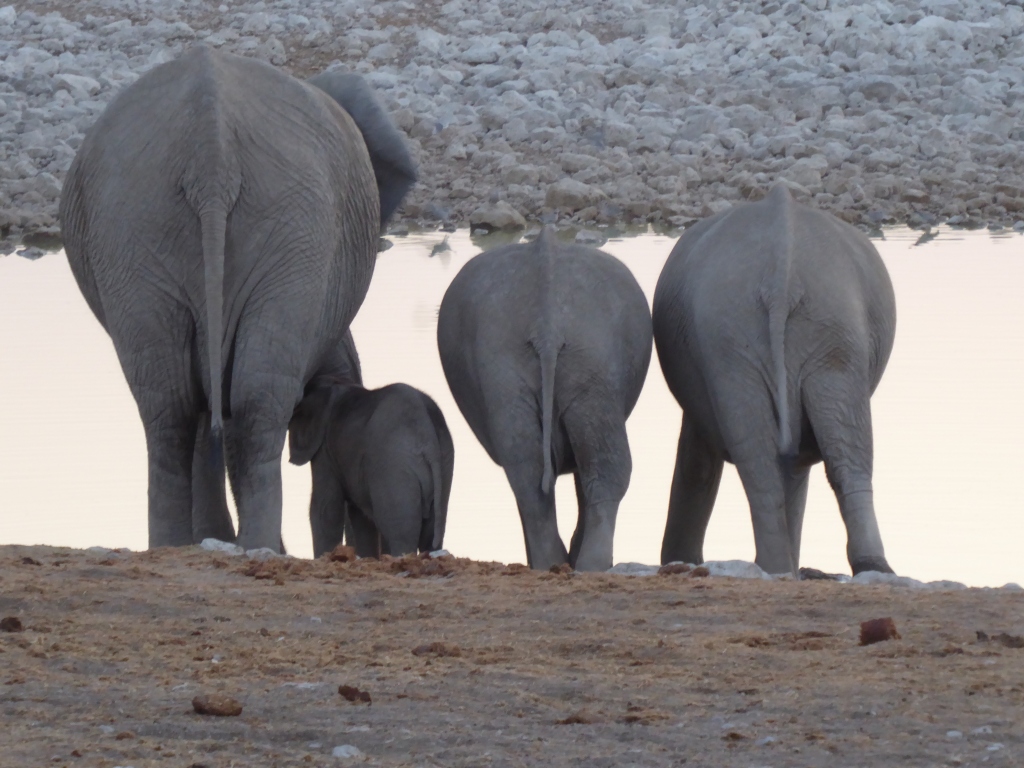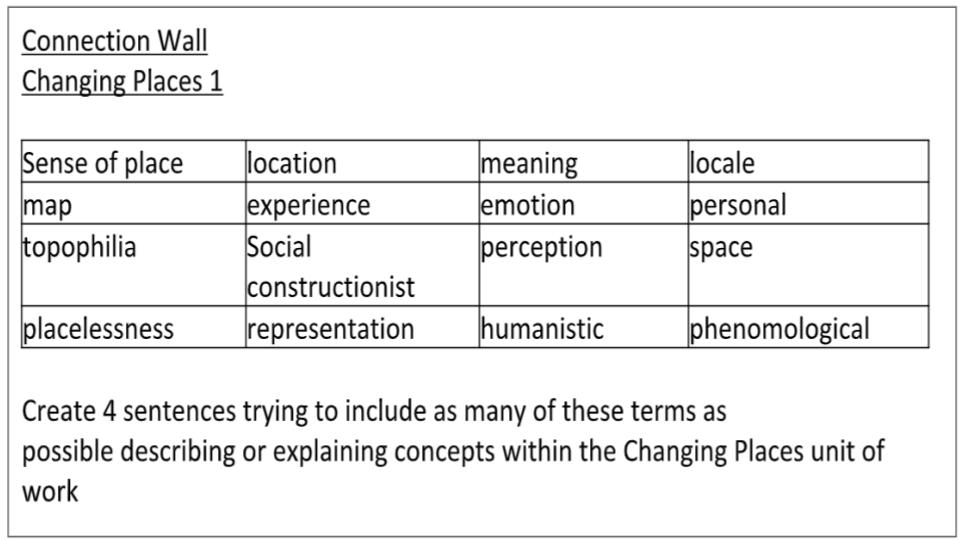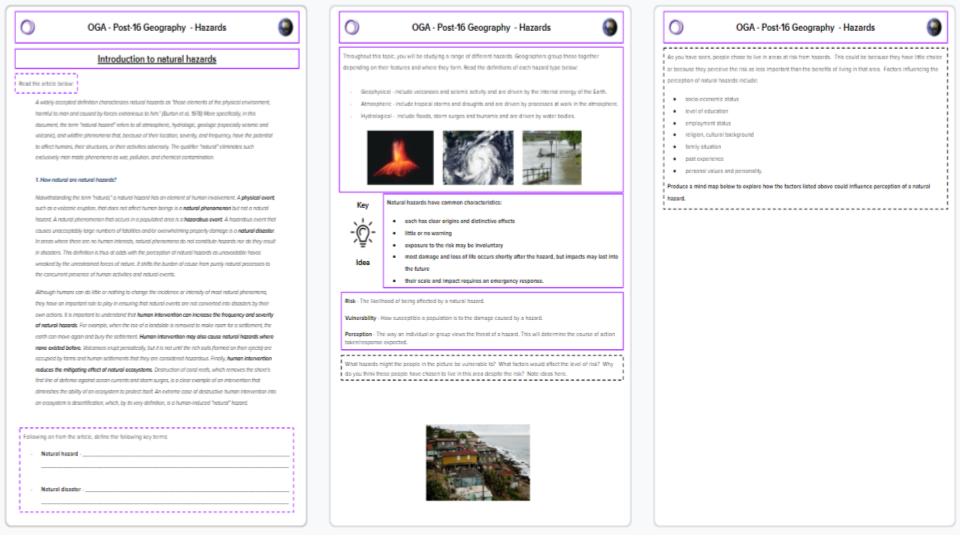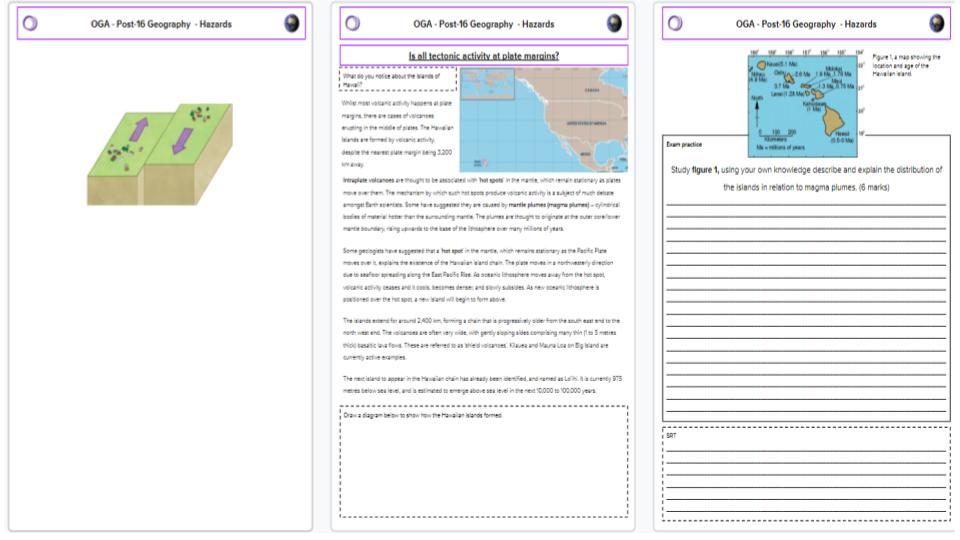“Tom, what do you think? Why has the writer used this term to describe this character?”
Words to make your heart sink. Why has the teacher asked me? I haven’t got my hand up.
“Erm… I’m not sure, Miss.”
“Tom, can we have 5 minutes at the end, please?”
Even more words to make your heart sink.
This is a brief extract of a year 10 English lesson. I’m Tom and I’m the young man sitting in the classroom, coasting through my English lessons, half reading the book, half day-dreaming about the cricket match I’ve got at the weekend. September of Year 10, I had a new English teacher. And she made it clear that, in her classroom, everybody should be thinking and everyone’s voice is valuable.**
I am privileged in my role to teach across a range of year groups (KS3-5) and see lots of other teachers too. Something I have been reflecting on recently is how I a) make students think and b) how I can check their understanding things.
I have undertaken a (highly unscientific) experiment in my own classroom in the last couple of weeks to capture a small insight into a) and b) and my own practice. Every time I asked a question to the class, I made a note of which students answered. I did this by making a note on my seating plan – which I either carry around with me or have on the desk – building a tally overtime. I did this for a few different groups over a two week period and noticed something quite stark. I wasn’t speaking to *everyone* in my classes. I spoke to everyone in the sense of a greeting and the register but I wasn’t actually speaking to them about *geography*. I had, inadvertently, slipped into a bad habit of accepting hands up or calling out. What this served to do was to allow the conversation/classroom talk to be dominated by a fairly small (about 25% of the class) number of students.
This is obviously a rubbish experiment because I was aware that I was tracking this, so would have unconsciously changed my behaviour, probably mis-tracked some of the questions and didn’t do anything to record any paired/group talk.
In spite of this, I was struck by what I had found out. Prior to my ‘experiment’, I had expected that every student in every class would be spoken to *at least once* per lesson. That didn’t happen. Ouch.
This gave me pause to stop and reflect. So much of what I (and we, as teachers) we do in the classroom every day is automatic. Teaching is an inherently complex and busy activity to undertake, inevitably we retreat to what’s expedient. In this case, this meant me accepting hands up from my students.
This week, I am going to spend some time – near the start of the lesson – explaining to students that I don’t want hands to be raised to answer questions. I will explain that I have thought about the questions I want to ask and I want everyone in the room to have the chance to think about the question and to answer it. I will explain how this will work; I will ask a question, give thinking time for everyone, and then choose x number of people I’d like to hear from.
All sounds good, right? A solid application of ‘no hands up’, ensuring all students are thinking and know they could be asked a question. I also intend to inform my students that everyone in the class should expect to be asked a question, at some point. This is the part I am still tangling with, I ask a bundle of questions every lesson, but I also know that some questions will be ‘planned’ for some students. I need to break this habit, I need to plan questions which allow everyone the chance to answer and share their understanding. This means thinking hard about what I am wanting to cover with my students AND thinking about how I will make sure they understand what has been taught. Let’s have a look at an example:
Next week, I am looking at causes of flooding with year 10. The lesson will begin by exploring what a flood is, determining a shared understanding of what a flood is, and then considering what may potentially cause a flood. In this case, we will look at human and physical causes of flooding (as given in the AQA GCSE Geog spec). Questions I intend to ask include:
- What is a flood?
- Has a flood happened here (photo analysis)? How do you know?
- Why might a flood have happened here (photo analysis)?
- What has caused a flood in this image/map extract?
- What is increasing flood risk in this image/map?
A number of these questions can be posed to multiple students, especially questions 3, 4 and 5. I might expect students to build on/debate the answer given by someone else. The crucial thing is that I don’t allow students to raise their hands to answer – I need to be responsive to my class and think ‘Who might not have understood this?’. This is scary because that student may not have understood it, which means I have to re-teach it. But that’s OK, because if that one student hasn’t understood, there’s a good chance others might not have understood it too… And we want to make sure everyone gets it before we move on.
By not allowing my students to raise their hands, I am sending a clear message to the class. Everyone needs to be thinking about the question. Everyone needs to be ready to verbalise their thinking. Everyone’s voice is valuable and could be called upon at a any time. When I start doing this, I will be lavish in my praise for hearing the students speak and hearing them share, I will remind them that everyone’s contributions are valuable. I will remind them that, in this classroom, we should all be thinking.
But, what about those students who I don’t get to speak to? How can I check their understanding? Well, I can make use of whiteboards – which are a great tool – and ask everyone to show me an answer, scan the room, ask a few students to expand their answer or I can also live mark see what students have written during their independent work. I intend to write a little bit more, separately of this, on ‘making tasks work’ and the best ways to check for understanding (especially in a geography classroom).
This short post has been a reflection on my classroom practice and how I haven’t quite been getting it right just recently. This week, however, I will remind my classes that I *love* the enthusiasm of seeing them wanting to answer, raising their hands and stretching their fingers to show me how much they know. But, I’ll also ask them to, please, put their hands down because I want to be able to hear what *everyone* thinks.
**Needless to say, the day-dreaming soon stopped and the thinking hard soon started. I knew I couldn’t opt out in English, my teacher was clear. We all think in here and we’re all ready to answer questions. My English teacher, by having the courage to hear me mumble and stumble and share a half formed answer, gave me the courage (and the platform!) to share my ideas, to think hard and learn more about English than I thought I ever could. Thanks Miss.





